Curtis hires four composers
NewsThe Curtis Institute of Music in Philadelphia has recruited no fewer than four composers to its faculty.
They are: Nick DiBerardino, Jonathan Bailey Holland, Amy Beth Kirsten, and Steven Mackey.
It is rare to find a US conservatory focussing on the creative side of music.

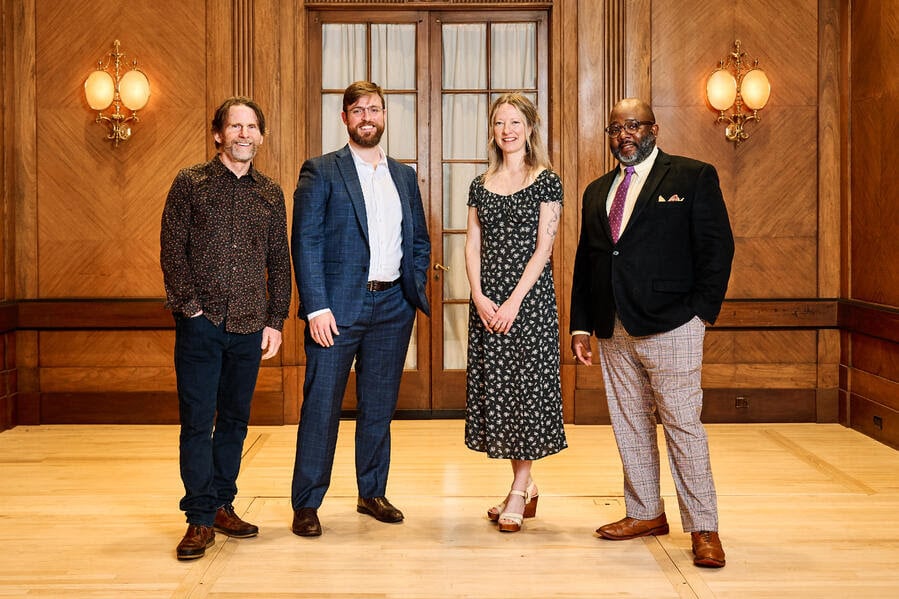
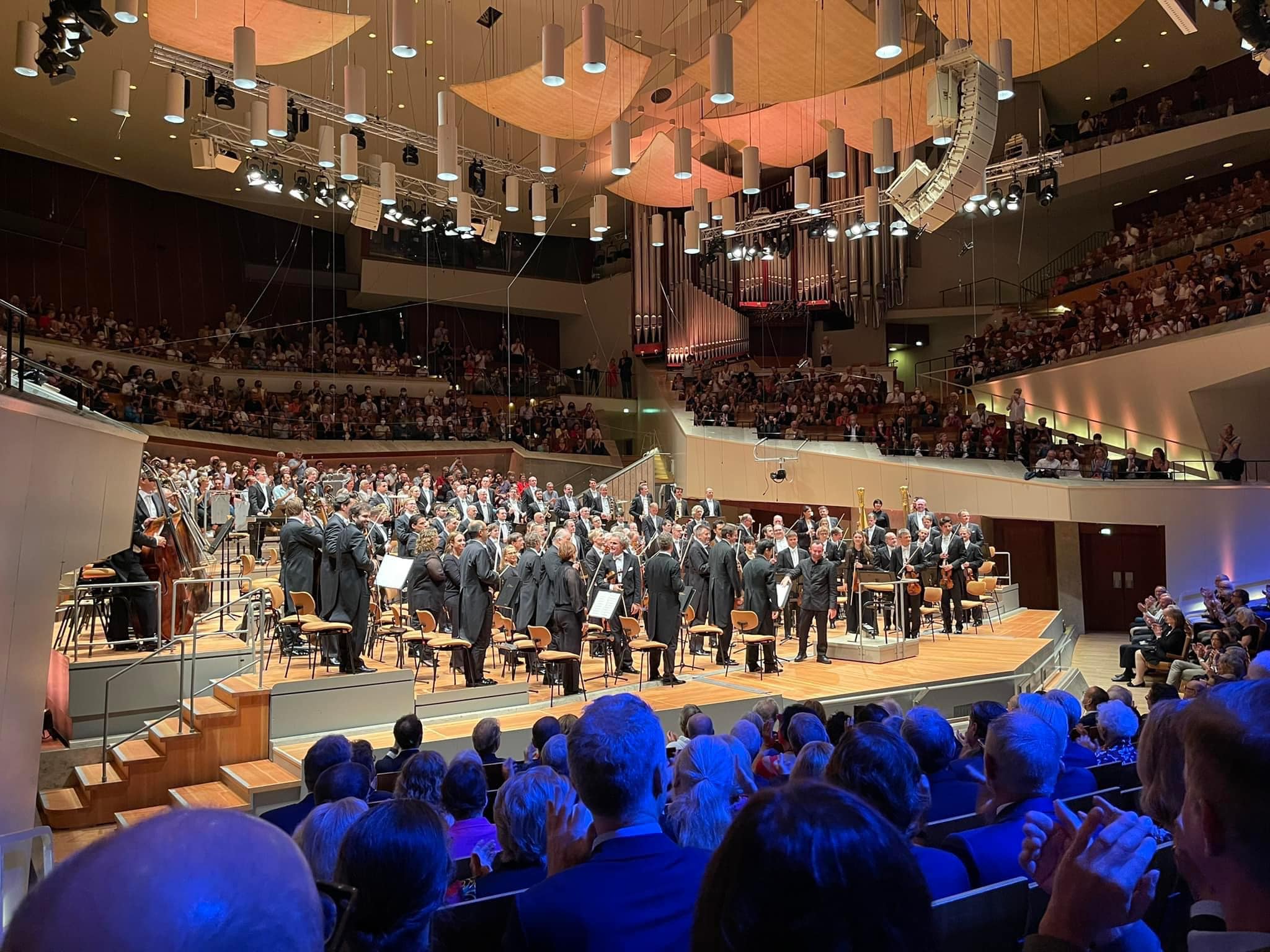
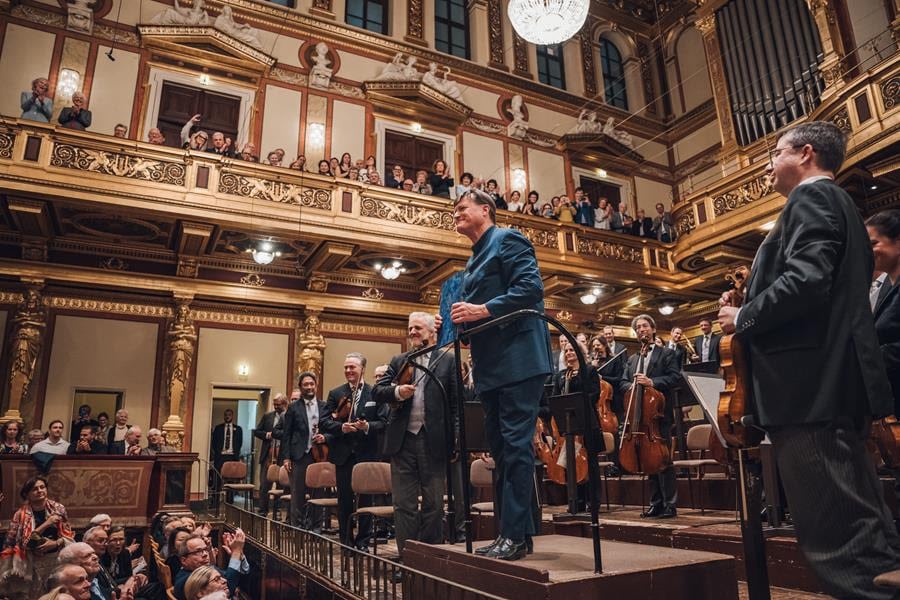
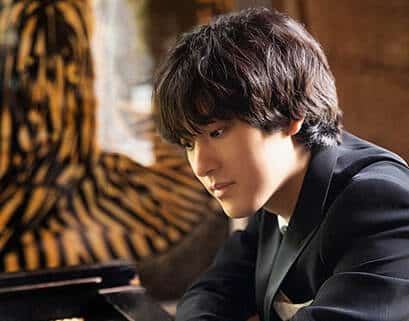
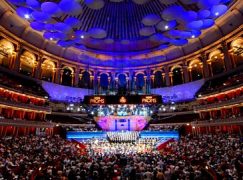
I’ve not heard of any of them until now. I must be living on a different planet.
You’re not. Outside of their small circles no one else has heard of them either. Based on the samples I heard that won’t be changing anytime soon.
But there is a woman and a POC. I can’t work out who is the gay or the transgender.
Here some samples can be heard:
https://www.youtube.com/watch?v=fhHgfl6YI30&t=899s
http://www.jonathanbaileyholland.com/orchestralworks
https://www.amybethkirsten.com/instrumental-works
https://www.youtube.com/watch?v=_vz_W-V3yl4
Nrs 1 & 2: in search of lost music; nr 3: sound art; nr 4: pop infested minimal music. Certainly a pluralistic initiative. Interestingly there is no woke component.
Steven Mackey is certainly not a “minimalist”. What do you base that on?
No need to listen to Borstlap; he never knows what he’s talking about.
I’m so very, very glad that you say that.
Sally
What is there to teach, there are no standards left in contemporary music.
Technically: Is there such thing as a wrong note? wrong chord? wrong voicing? wrong instrumentation?
Aesthetically: What is good is entirely subjective and transitory
Marketability: What orchestras and opera houses will commission or play depends entirely on factors other than technical or aesthetic considerations, like gender and race and sexual orientation, or whatever the fad is by the time the student graduates, when they find out their identity is no longer fashionable or marketable.
Interestingly, this is true, but only within the territory of contemporary music, say: post-WWII-music.
The ‘old’ repertoire though, shows that there are indeed standards, depending on context. That perception in this field is also mainly subjective, does not mean that some objective standards cannot be detected or described. Every product of every culture answers certain patterns that are deeply embedded in the human psyche, and the better a work of art makes use of these patterns, the better the work – technically, aesthetically, and in terms of meaning. These patterns are patterns of mathematical order, the same patterns which have determined everything in nature, and they have much to do with the experience of beauty.
https://neurosciencenews.com/?s=Mathematical+beauty
There are certain aspects of art that seem universally appealing, regardless of the environment or culture in which people grew up – indicating that there are universals in the field of aesthetics, i.e. objective standards, however subjectively interpreted:
‘The human brain is wired in such a way that we can make sense of lines, colors and patterns on a flat canvas. Artists throughout human history have figured out ways to create illusions such as depth and brightness that aren’t actually there but make works of art seem somehow more real. And while individual tastes are varied and have cultural influences, the brain also seems to respond especially strongly to certain artistic conventions that mimic what we see in nature.’ (From CNN Health: ‘What the brain draws from: Art and Neuroscience‘, 15 September 2012.)
https://edition.cnn.com/2012/09/15/health/art-brain-mind/index.html
All of this indicates that, probably, basic universal aesthetic laws do apply, and that they play a role in our appreciation of art. This means that although there are subjective interpretations of art, what they interprete are existing universal aesthetic laws, embedded in human nature.
So, if we develop our perceptive faculites, we can trust our aesthetic judgments. And this is helpful to make sense, for instance, of this, product of a mathematician:
https://www.youtube.com/watch?v=rpCYdmue62o
Xenakis applied mathematical methods but bypassing human perception, in an attempt to render ‘music’ objective, rational. So, searching for objective standards in a way opposite of human nature. The result is crapulous, in any technical and aesthetic sense.
And what about ‘marketability’ as mentioned in the comment?
Orchestras and opera houses have different ways of deciding which contemporary music to play. Where they simply follow fashion, that is also the result of post-WW-II composers leaving any artistic standard behind.
Over a beer, a composition teacher I met said that composition cannot be taught; the student brings the gift himself – all the teacher can do is to get the student to learn to express himself and bring out the best. And also to quash, demolish and destroy any attempts to write music people actually like. Then had another beer.
Composition teachers often resort to alcohol when dealing with the reality of their profession.
Learning to write what listeners would actually like, does not fit in modernist ideology: people disliked Beethoven’s first performances so if something is disliked, it must be good.
In any art form, the student has to bring his own talent, but then learns from what there already is, and ideally from an experienced older artist. Before ‘expressing himself’, he has to learn how to do this, and his personal interpretation of what he has learned can only come later. The advantage of a tradition is that there is a vocabulary and a grammer and a technical apparatus which offer all the technique anybody could need. The killing-off of tradition by modernism was a disaster; even the first modernists around 1900 had a thorough training in tradition which offered them the means to write what they wanted: Mahler, Strauss, Schoenberg, Debussy, Ravel, Stravinsky. Nowadays students are taught to search for their own voice, originality, a new idea, which is nonsense: that comes only AFTER their training.
If anybody would still have doubts about this simple truth, then listen to Debussy’s student work ‘L’enfant Prodigue’, the cantata with which he won the Prix de Rome. It is very hard to hear the Debussy in that music, and he was one of the most original, stubbornly personal geniusses of music history.
Maybe if you had any talent you could win admission and find out what they teach.
Someone tell Katherine Kneedelmen! This is a miscarriage of justice. There is only one woman composer out of 4!
As the new 1/2 professor of this once venerable institution she MUST right this wrong.
Does anyone know how many composition majors Curtis has?
Curtis is not the where Philadelphia’s top composition students are. Need to travel across town a bit to find the top of the top in composition.
How wonderful of Curtis, though, to hire these composers. Being an architect, I would ask them to each show me their latest fugue and see how it stacks.
Sematic game perhaps, but surely ALL facets of music are “creative.” No?
It’s not “rare to find a US conservatory focussing on the creative side of music,” where did that come from?
Juilliard, Oberlin, New England and San Francisco Conservatories, Rice, USC, Eastman…all have robust composition departments.
CUNY Schools to especially Brooklyn and Queens
It is rare to find a US conservatory focussing on the creative side of music…not at all….the US is thriving with creativity these days